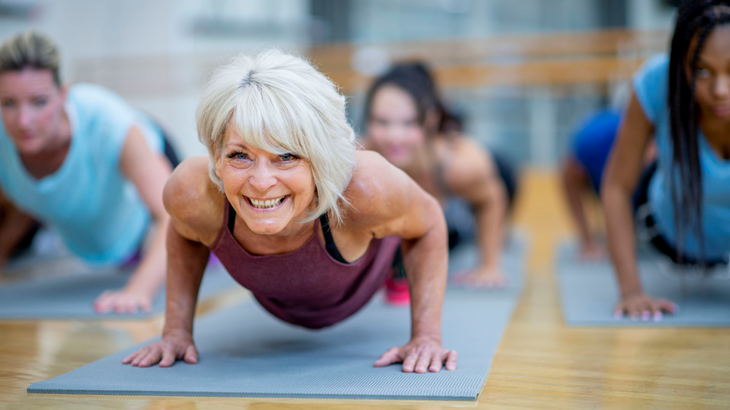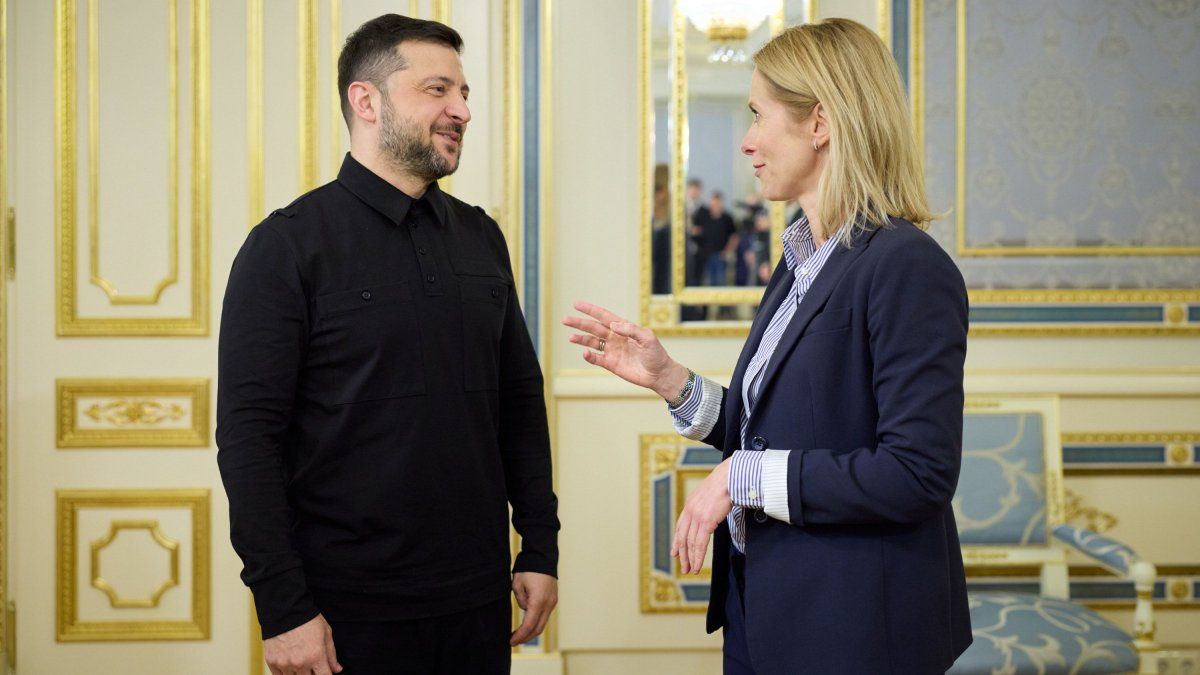It is known that new customs and working methods lead people to perform a increasingly sedentary lifestyle. This situation is something that usually aggravates as age progresses and the consequences on health and physical state are not waiting. That is why it is important to know the benefits of training and know that it is never too late to start.
Although it is usually believed that the time to perform physical activity or sports is in youth, or more precisely between 20 and 30 years, this type of practices is highly healthy for all people and in all ages. More and more who decide Start with training after 30, 40 or 50 years.
Exercise at 50
Is there ideal age to train?
There is not necessarily an ideal age to start training, what is certain is that while before it is trained, more and better results will be achieved. However, experts affirm that those who begin between 60 and 70, far from having difficulties, also obtain great results in the state of health, physical and mood.
Despite current changes in life styles, youth are usually related to greater physical activity. For this reason, it tends to value physical exercise in larger people. What you have to know is that Starting to do activities has an impact on the short term, but to a greater extent the results are seen after years.
What benefits start training at 30, 40 or 50
According to the World Health Organization, physical exercise generates metabolic changes in the body, regardless of age. You should not necessarily go to strenuous training, between 150 minutes per week of aerobic and two or three times per week of anaerobic exercisethis is of force, which may be weightlifting or other exercise such as Pilates, is considered sufficient.
Some specialists tend to believe that the previous 10 years determine at 10 years. In the 30s, 40 are built, in the 40s the 50s are built and so on.
At 30
At this age, physical activity is key to avoiding chronic noncommunicable diseases. An example of these could be type 2 diabetes, high cholesterol and obesity. While sport or exercise is associated with lower rate of obesity, hypertension, diabetes and other pathologies. It is an age in which the body continues to respond well to the intensity applied, indistinctly of the imposed objectives.
Aerobic, strength and resistance exercise are the best option at this stage.
At 40
This is an age where the demands of work, family and other responsibilities often move away people in the exercise. At this point, starting to train serves to reduce sarcopenia, a condition that is characterized by the loss of muscle mass, strength and functioning of the muscles accompanied by excess fat.
Here the post training recoveries and the consequences of bad habits tend to settle in the body (column pain, muscle pains or high cholesterol) are usually lost more easily).
At 50
If it was not done so far, incorporating exercise into life is fundamental, especially to prevent sarcopenia and cardiovascular diseases, which are very common to that age. Both in men and women begin hormonal decline. The good thing is that exercise will do wonders if it is constant and disciplined.
At this stage, aerobic, anaerobic, resistance and muscle strength exercises should not be missing.
Source: Ambito
I am an author and journalist who has worked in the entertainment industry for over a decade. I currently work as a news editor at a major news website, and my focus is on covering the latest trends in entertainment. I also write occasional pieces for other outlets, and have authored two books about the entertainment industry.




